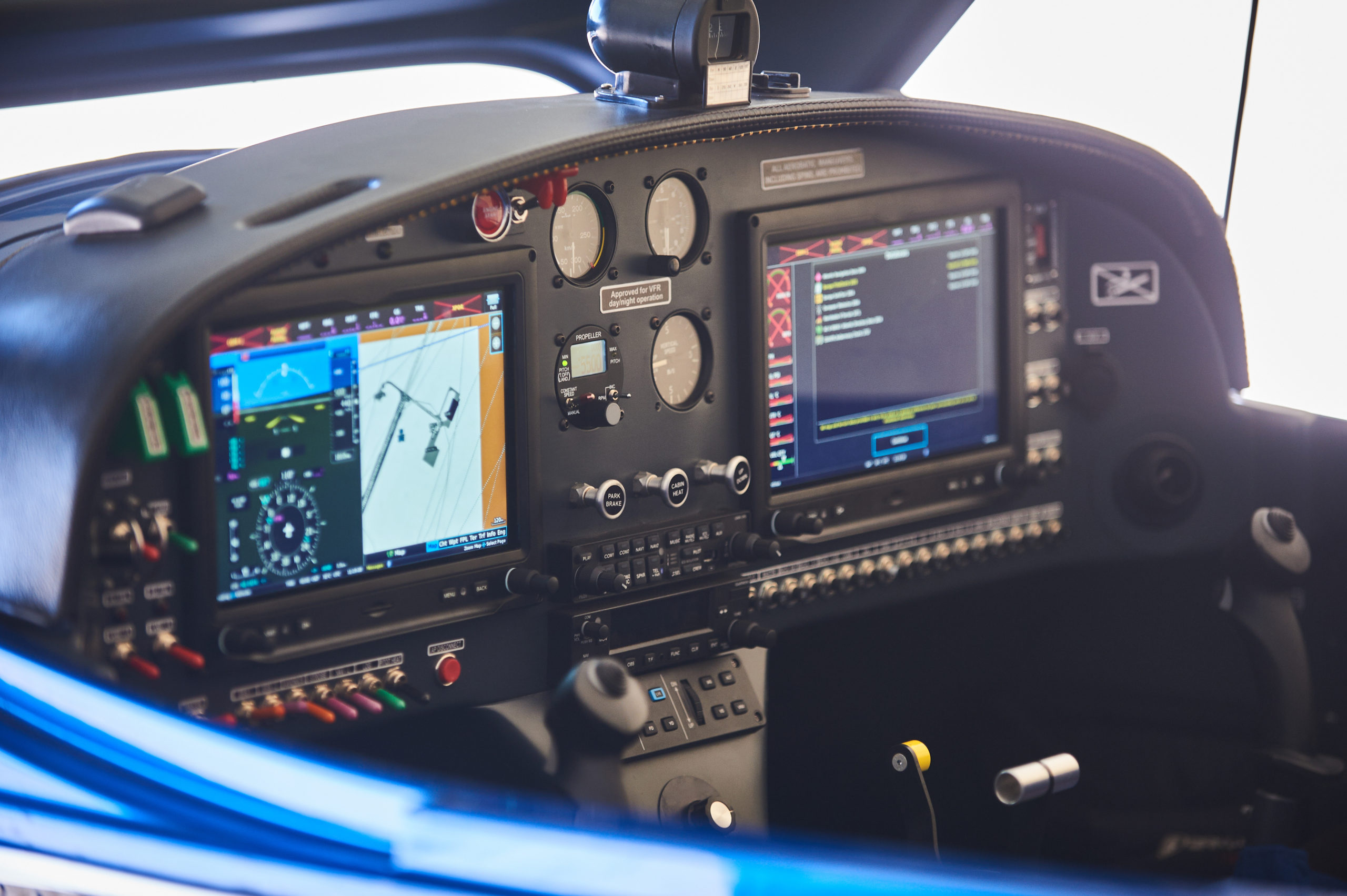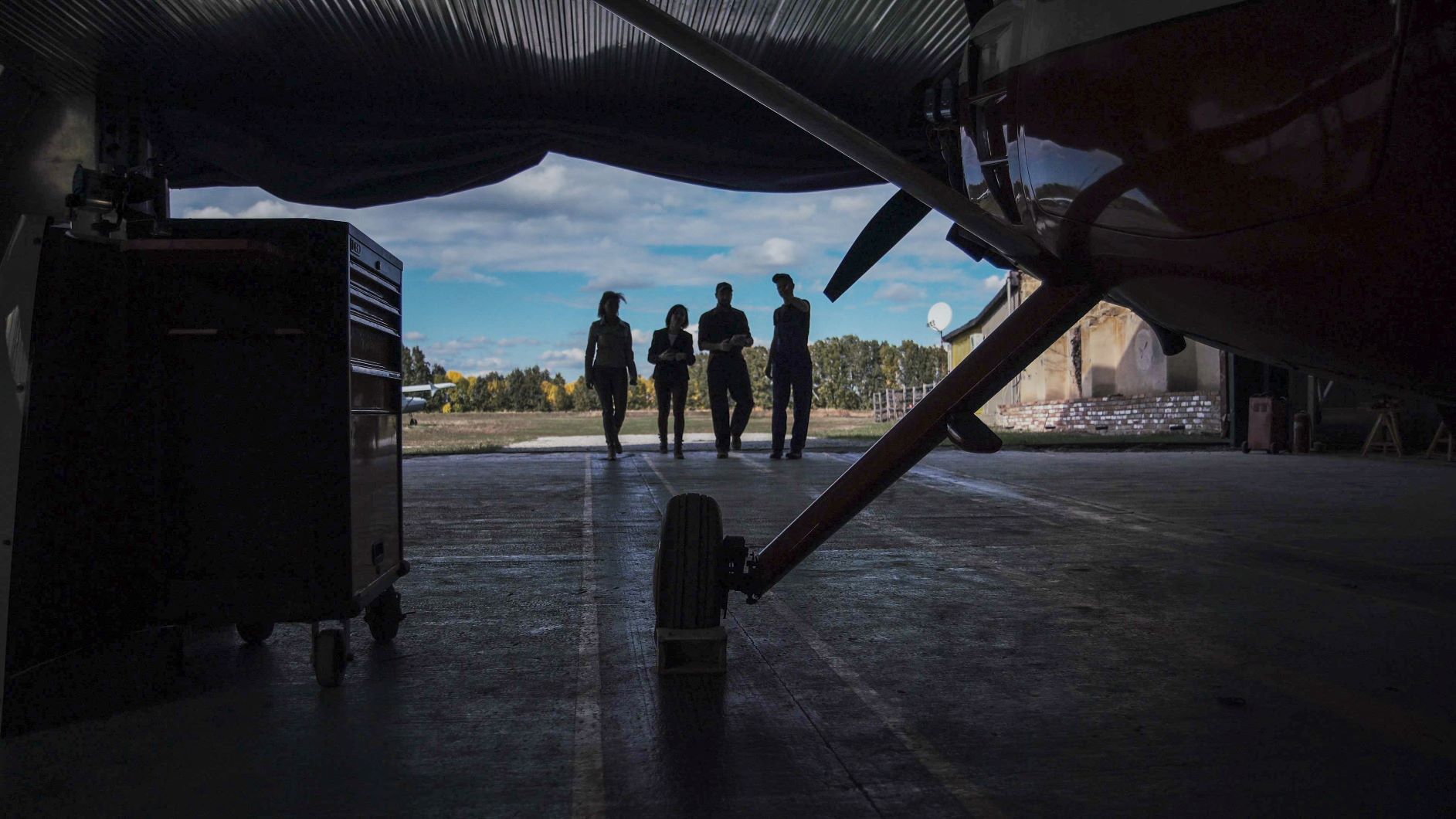Saving Money on Flight Training
Flying isn’t cheap, and we all like to save money. Here are a handful of ways to help make that happen.
Home Study
This one is pretty straight forward. The more you know, the less you have to be taught. Showing up prepared for your lessons saves money. If you have to spend more time reviewing and learning  concepts with the instructor, it’s going to cost you.
concepts with the instructor, it’s going to cost you.
This can apply to home study ground school courses as well. A lot of companies (King, Gleim, Pilot Institute, Sportys, and many more) offer home study ground school courses for considerably less than you’d pay a flight instructor to take you through the required material. They also satisfy the FAR requirements, and because it’s home study, you can review it whenever you need.
Other ways to get ahead:
- Listen to ATC Radio calls with a handheld radio, if you happen to have one, or LiveATC.net. Get familiar with the terminology, what to expect to say, and what to expect in response from ATC. You can even listen to your home airport to get more familiar with their procedures!
- Join social media groups where you can ask questions and read up on other people’s questions and advice. Keep in mind that on social media you’re going to get a lot of different “expert’s” techniques and opinions. Take them all with a grain of salt, and bounce anything that doesn’t line up off your instructor.
Find different ways to immerse yourself in aviation!
Group Classes
This piggy backs off of the home study concept. The FARs mandate that some training has to be done with an instructor. Hopefully your flight school already takes care of this, but group time with a flight instructor costs a whole lot less than one-on-one time with a flight instructor. For required training that doesn’t have to be one-on-one, split costs with a group if you can.
Chair Fly
Chair fly, chair fly, chair fly. This is can be the biggest difference maker, not only in the cost of your training, but also in the amount of time it takes to complete the training. The faster you  pick up on the concepts, the less time you spend practicing them in the airplane. Less time spent paying for the plane and instructor means more money in your pocket for that fancy Bose A20 headset.
pick up on the concepts, the less time you spend practicing them in the airplane. Less time spent paying for the plane and instructor means more money in your pocket for that fancy Bose A20 headset.
Chair flying is basically playing pretend. Take time at home before and after every flight, if possible, to fly the lesson in your head. Go through everything you can; when you’ll do the checklists, switches, radio calls, climbs, level offs, more checklists, maneuvers, etc. Move your hands, build your muscle memory for the maneuvers and procedures in the airplane. Imagine what you’ll see inside and outside the plane, and how the plane should react to your inputs. The more repetitions you go through in your head, the more comfortable you’ll be in the plane. You’ll also be able to catch weak areas, and clear up any questions prior to hopping in the plane.
Another great option, if the flight school will allow it, is to plug the airplane into an external power source (so you don’t drain the battery), and run through checklists, procedures, operation of the equipment, etc. in the airplane. The time spent sitting in the actual plane, without  paying for gas, or wear and tear on the engine, and without the added stress and pressures of a real flight, can make a huge difference in your training. This can be especially useful for glass cockpit operation, and checklist items that can take some time to get comfortable with but don’t necessarily add to your flight training (engine start, taxi checklists, engine run-up, etc.). The more comfortable you become with the airplane, the quicker you can get in the air and spend your time getting comfortable flying the plane.
paying for gas, or wear and tear on the engine, and without the added stress and pressures of a real flight, can make a huge difference in your training. This can be especially useful for glass cockpit operation, and checklist items that can take some time to get comfortable with but don’t necessarily add to your flight training (engine start, taxi checklists, engine run-up, etc.). The more comfortable you become with the airplane, the quicker you can get in the air and spend your time getting comfortable flying the plane.
Share Flight Time
Take every chance you can get to tag along on other flights. You’ll be amazed at home much you can take in when you’re not piloting the plane, listening to your instructor, and trying to remember what you studied the night before. It’s a general rule that the farther away you are from the controls, the smarter you become. Take a step back and learn by watching someone else make the mistakes for a little while.
In addition to this, tag along on cross country flights, and any other flights you can, as a second pilot. If your buddy is logging flight time, there’s no reason you can’t be learning (unless it’s solo flight time, then don’t tag along).
Safety Pilot
Instrument rated pilots need instrument flight time. Hop in the cockpit and build some hours keeping your buddy safe while he keeps his eyes inside. The more time you spend in the airplane, the more comfortable and knowledgeable you become.
Network
 It’s all about who you know. Connections make the world turn, and the more you can build in the aviation industry, the more opportunities you’ll come across. Meet people at the flight school, the FBO, etc. Take a job at one of these locations if you’ve got the time. These connections can open you up to awesome training opportunities, job opportunities, and/or friends to talk and learn about aviation with.
It’s all about who you know. Connections make the world turn, and the more you can build in the aviation industry, the more opportunities you’ll come across. Meet people at the flight school, the FBO, etc. Take a job at one of these locations if you’ve got the time. These connections can open you up to awesome training opportunities, job opportunities, and/or friends to talk and learn about aviation with.
Let’s Sum it Up
The biggest take home is to stay ahead. Prepare for lessons with home study and chair flying. Split costs where you can, and tag along on other flights so you can take a step back and see the big picture.
Pilots are notoriously cheap, so I’m sure there are plenty more creative ways to save on training. Feel free to help the next guy/girl out and share some cost saving techniques in the comments!

I am a big component of Flight simulators. I think it can make a scan tight and Ali though it’s vfr. If you make a glance at the flight instrument it will help you make your Mark on altitude loss during your ck ride. Also (lcgumps) when abeam the threshold. Things to do like check list will improve ect…